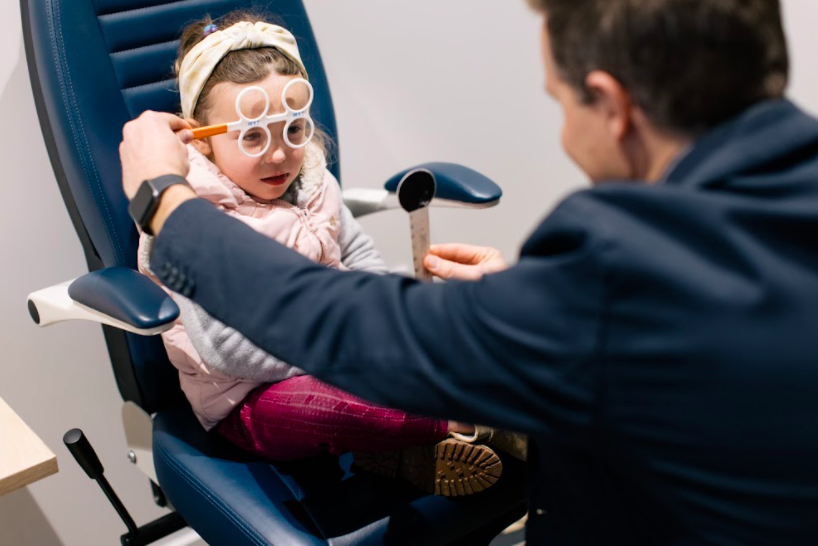Soft Contact Lenses (Myopia Control)
Myopia (short-sightedness) is increasing around the world, with many now calling it an epidemic as it’s predicted half the population will be short or near sighted by 2050. Doctors believe the leading factor is the overuse of smartphones and computers.
Aside from the inconvenience of needing prescription glasses or contact lenses to function properly day-to-day; people with myopia have a much higher risk of blinding eye disease later in life. By using specially-prescribed soft, disposable and multifocal contact lenses, the progression of myopia can be slowed down as much as 55%.
MiSight 1 day soft contact lenses
MiSight 1 day soft contact lenses are the contacts we recommend. Developed specifically for children and are proven to reduce myopia progression in both children and teenagers, as well as improve vision when your child is not wearing glasses or contact lenses.
MiSight 1 day soft contact lenses decrease the chance of developing myopia at -6.00D or more, lowering the risk of eye diseases associated with short-sightedness, such as glaucoma or retinal detachment. They’re disposable, leaving little chance of infection and no need to clean or take special care, meaning they are easy for children to manage themselves.
MiSight 1 day soft contact lenses provide exemplary oxygen transmission for daily wear, as well as low dehydration rates, meaning all day comfort and eye health. Contact lenses also enable children and teenagers to be freely involved in contact sports, which can be a little more difficult if they are wearing glasses.

How do they work?
The specially-designed, multifocal contact lenses use unique optics to dampen the triggers that encourage the eyeball to grow longer, hence discouraging myopia progression. It’s a complex concept, scientifically known as peripheral hyperopic defocus control.
Review appointments
At OCULA, we take myopia progression in children very seriously. During the initial myopia control assessment, a variety of specialised measurements will be taken, including corneal shape, the length of each eye, a measurement of prescription, assessment of binocular vision and a thorough eye health check.
Once your child has started on multifocal contact lens treatment, for myopia control, we’d recommend coming in every 6 months for a prescription review and eye length measurement, so we can see how their myopia is tracking. During these visits, your optometrist will assess the ongoing level of myopia and the success of the treatment so far, as well as checking other aspects of your child’s vision and ocular health.

Treatment plan and review appointment schedule
Your optometrist will discuss the best course of action, based on your child and their needs at your initial appointment. But to give you an idea of what to expect:
Every 6 months:
A short review, following the initiation of soft disposable multifocal contact lenses.
Every 12 months:
A comprehensive review is needed annually, which includes;
- A review of the Clinical Myopia Profile, to assess the risk of myopia progression.
- A repeat of specialised diagnostic measurements, including corneal shape, the length of each eye, a measurement of myopia, assessment of binocular vision, a thorough eye health check, measurements of objective and subjective responses to therapy.
- A review of the most appropriate myopia control will be discussed.
How many appointments will my child need?
For continued effect, myopia control treatment needs to continue for as long as there is a risk of myopia progression; which may be through the tertiary study years. If soft, disposable multifocal contact lens treatment is still agreed by the optometrist, your child and yourself, then the treatment will be continued for another 12 months.
Things to consider:
- Without intervention, myopia is likely to progress - the only unknown is the speed of the deterioration.
- The research on myopia is reported in averages for large numbers of people, so individual results may vary.
- Standard contact lenses have been shown to have little or no effect on protecting against myopia progression, and are only used to be worn for short periods, such as when playing sports.
Prevention is key
Even though myopia is a genetic condition, there are many ways you can prevent myopia from developing.
As well as an assessment, our Kids Vision specialists can offer the best advice on how to manage your child’s eye health, from eye exercises and therapy, to eating well, lifestyle habits and limiting screen time.
